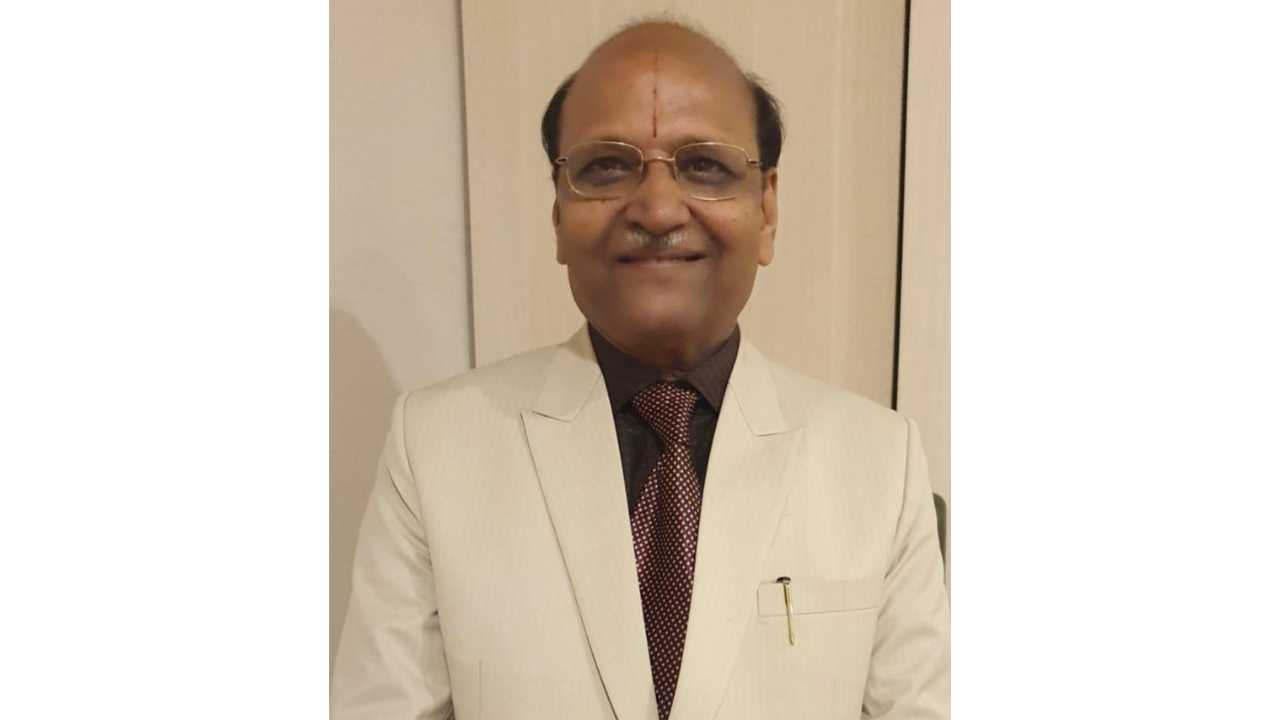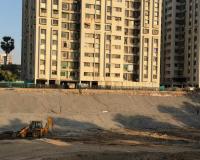Surat : Despite abundant raw materials, India lags behind countries like Bangladesh in the garment industry due to policy differences

India's textile sector is making significant strides, transitioning from a polyester base to producing a variety of yarns including cotton, viscose, and lycra. These yarns are used in the manufacture of a wide range of products, from apparel to bed linens, hospital garments, automotive textiles, shoes, and bags. Despite these advancements and having access to all types of raw materials, India still trails behind smaller nations like Bangladesh in the garment industry.
Industry Overview and Global Competition
Historically, Indian textile industries have concentrated on polyester. However, modern factories across different cities are now diversifying into various types of yarns, enhancing the versatility of Indian textiles. Despite this progress, India remains behind Bangladesh, which has excelled in the garment sector due to more straightforward government policies that favor business growth.
Bangladesh benefits from a trade facilitation system that allows businesses to import goods without advance payment, provided the goods are exported after value addition. This "passbook system" has been crucial in enabling efficient operations in export-oriented industries like textiles and garments, contributing to Bangladesh's lead in this sector.
Government Actions and Recommendations
Prominent industry leaders, including Giridhar Gopal Mundra, Chairman of the GFRC Chamber, have laid out a series of demands before the Indian government to bolster the garment industry. Mundra suggests that the government should enhance benefits under the Duty Drawback Scheme for garment exports and accelerate B2B meetings with foreign buyers within 15-20 days. He also emphasizes the need to expedite free trade agreements with developed nations and provide reliable market information on fashion and lifestyle.

Additionally, Mundra recommends establishing integrated apparel parks with weaving and processing facilities across various Indian textile clusters, akin to the policy in Bangladesh. These parks would ensure the availability of MMF raw materials at globally competitive prices, vital for the export of MMF garments.
Strategic Measures for Growth
To truly become a global hub for garments, India needs to implement several strategic measures. These include matching Bangladesh's advance authorization license policy for raw material imports, expanding skill development programs for the apparel industry, and providing specific employment incentives. With focused government attention on these areas, India could rapidly ascend as a prominent player in the global garment sector.





